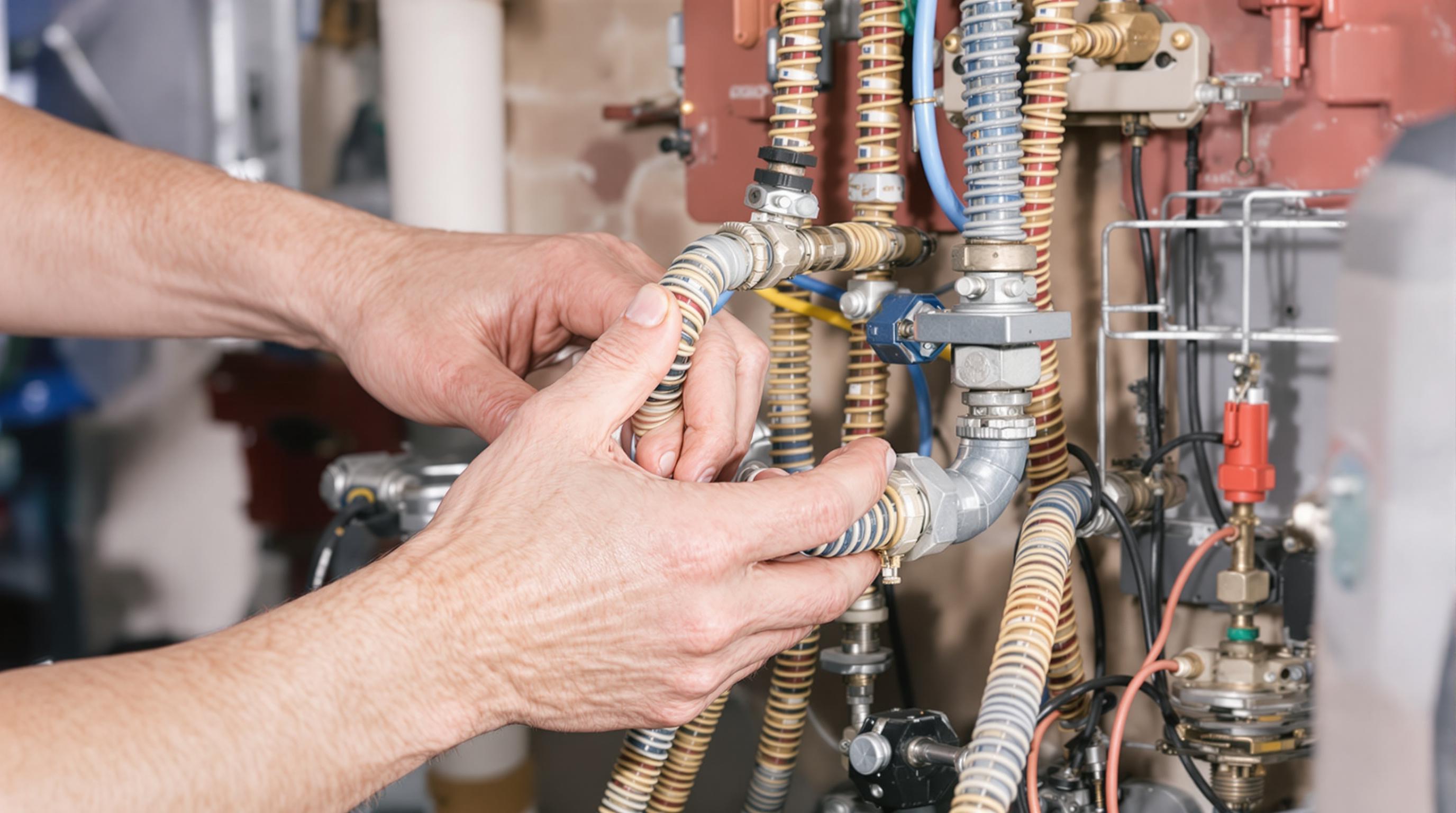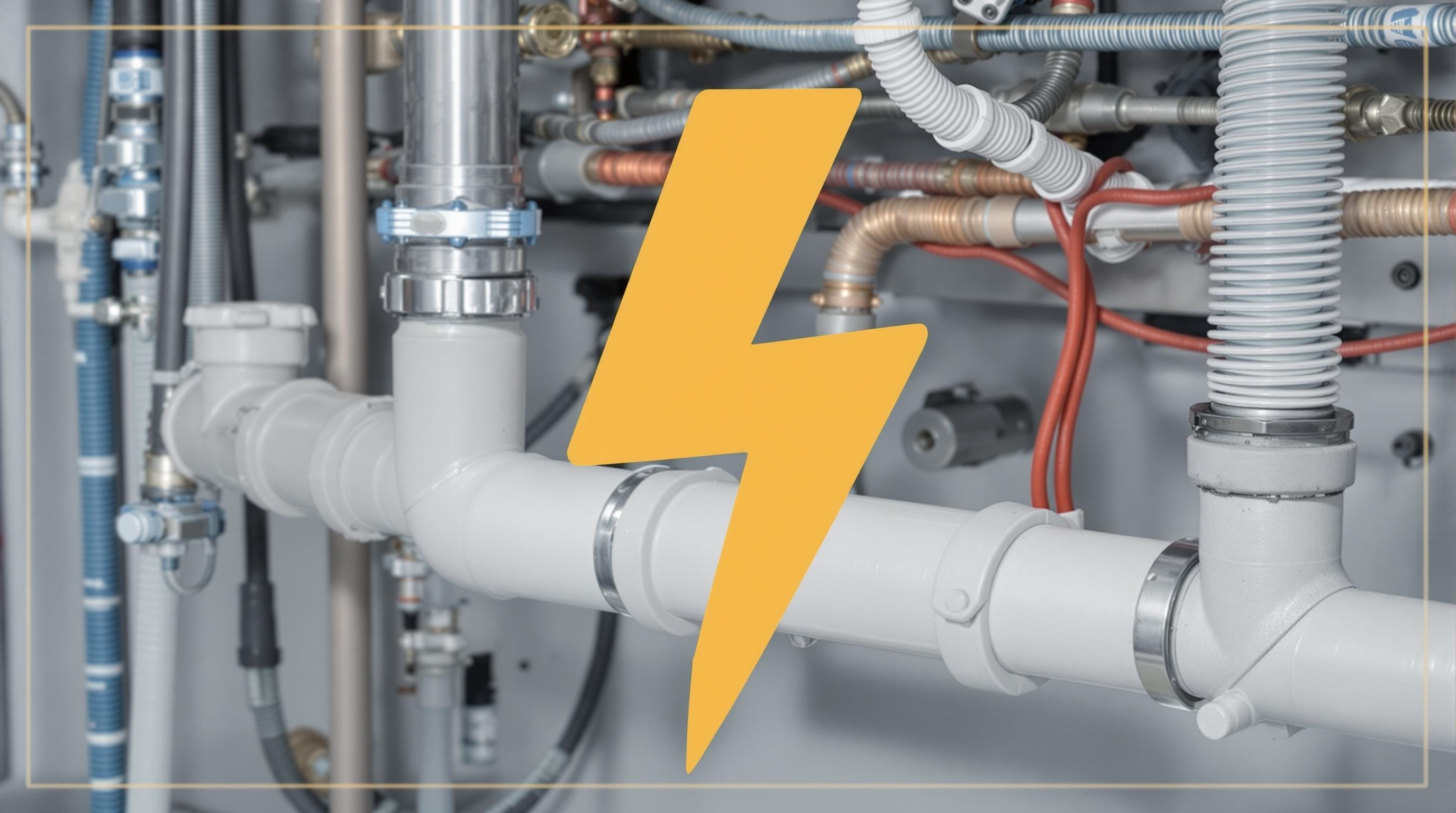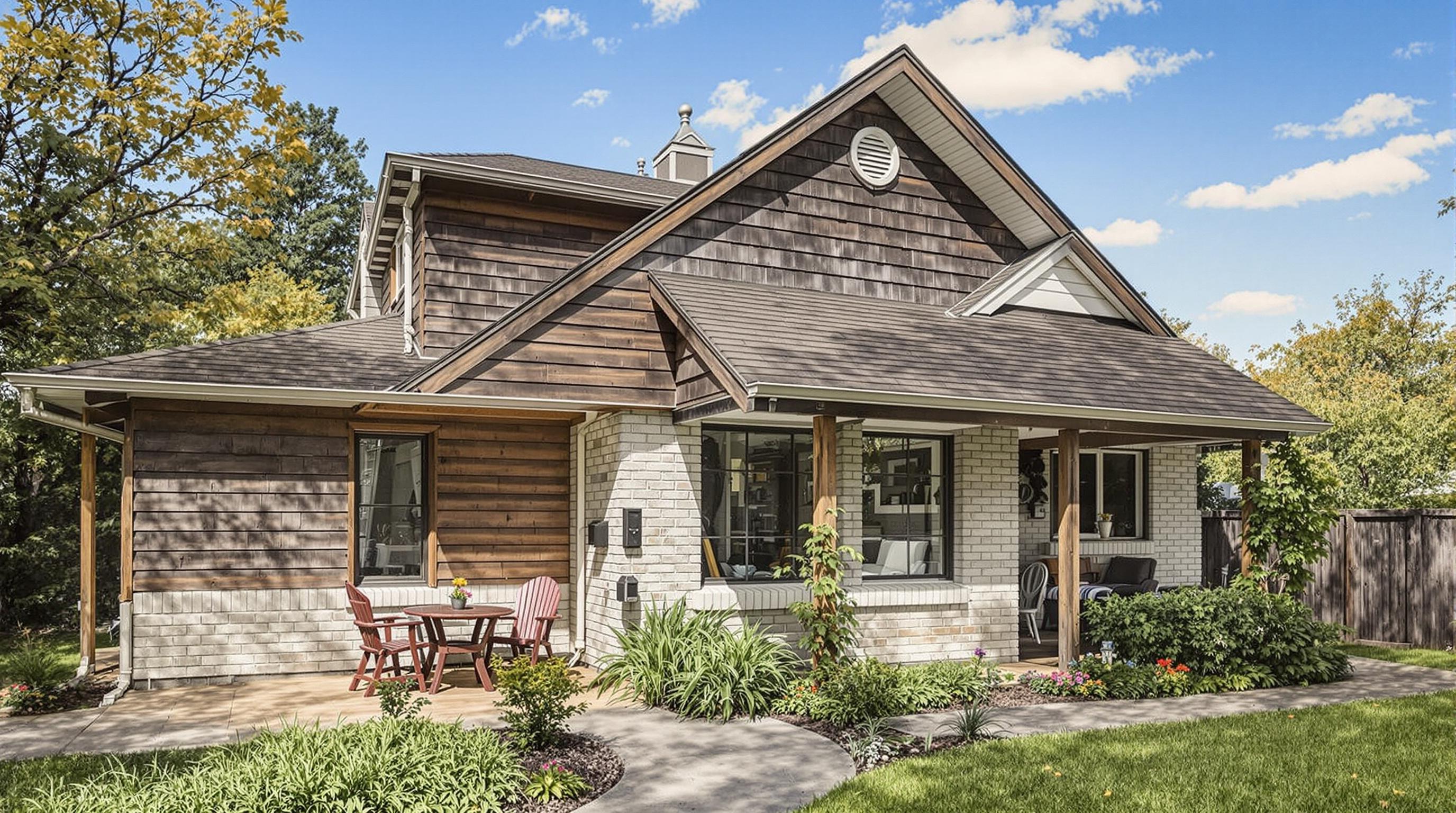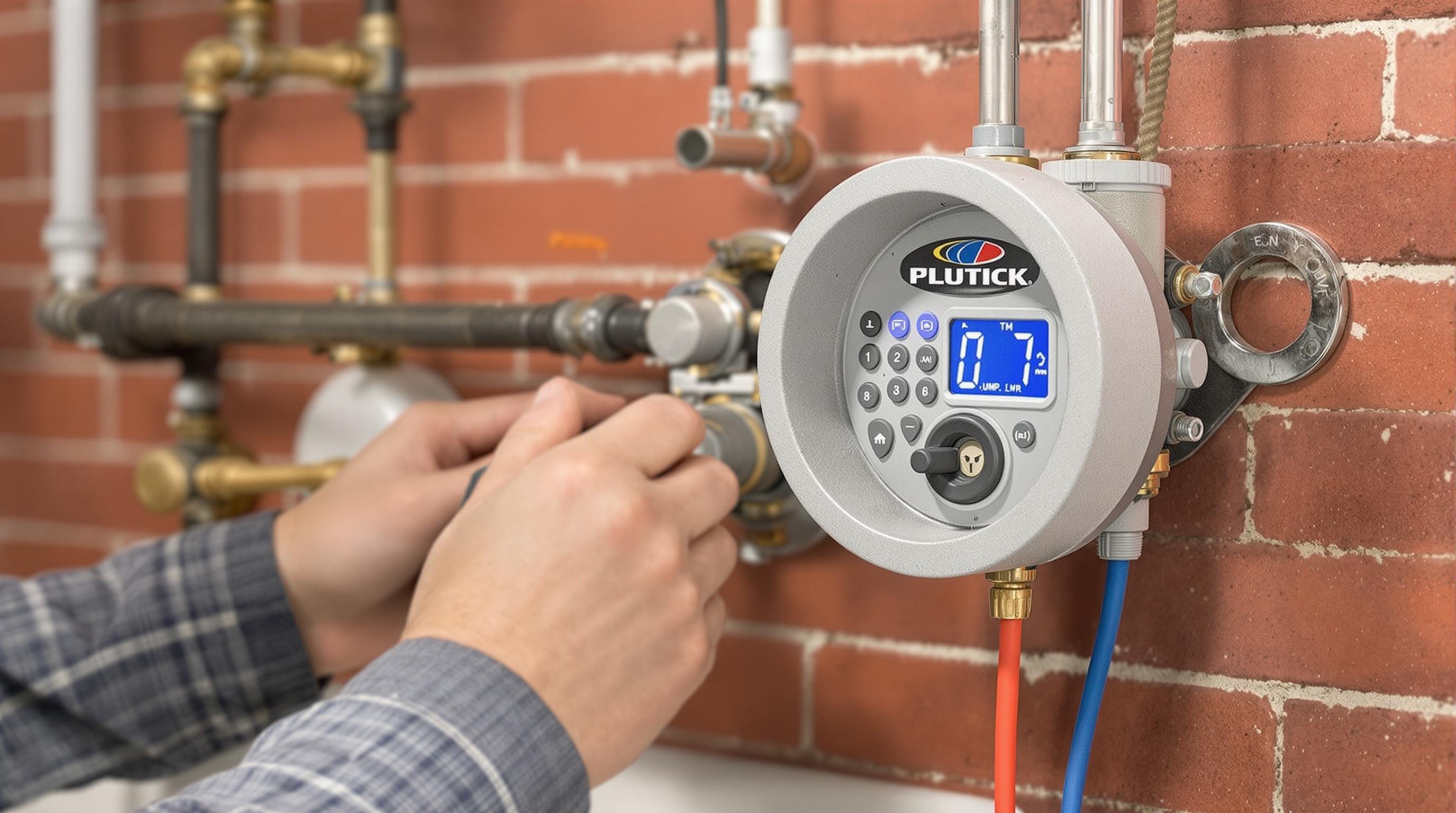Related Articles
- The Hidden Influence of Ergonomics: How Tool Design Shapes Our Physical Spaces and Daily Lives
- The Silent Influence: How Hidden Home Implements Shape Our Daily Routines and Spaces
- The Counterintuitive Role of Chaos: How Messy Tool Storage Can Lead to Unexpected Home Innovations
- Exploring the Unseen: How Audio Experiences Shape the Art of Domestic Spaces and Color Perception
- Rethinking the Mundane: How Everyday Objects are Becoming the Canvas for Modern Artistic Expression in Home Spaces
- Cultivating Chaos: The Surprising Benefits of Embracing Weeds in Your Garden Ecosystem
10 Unseen Factors in Plumbing and Electrical Systems That Impact Your Home's Noise Levels and Neighbor Relations
10 Unseen Factors in Plumbing and Electrical Systems That Impact Your Home's Noise Levels and Neighbor Relations
10 Unseen Factors in Plumbing and Electrical Systems That Impact Your Home's Noise Levels and Neighbor Relations
1. Plumbing Pipe Materials
Not all plumbing pipes are created equal, and the material they are made from can significantly impact noise levels within your home. Traditional copper and galvanized pipes tend to produce more noise due to vibrations caused by water flow. In contrast, PVC pipes offer a quieter alternative by dampening sound. This difference can be crucial when considering the acoustics of your living space and its impact on neighbor relations.
When water rushes through metal pipes, it creates a phenomenon known as "water hammer," leading to loud banging noises. This startling sound can be disruptive not only within the home but also to your neighbors. Switching to a more modern, flexible material can alleviate this issue and provide a more peaceful environment.
The choice of pipe material goes beyond just sound; it also affects the overall sound quality of the plumbing system. A comprehensive evaluation of your home’s plumbing can lead to better sound isolation and minimize disturbances to your neighbors, significantly improving inter-household relations.
2. Pipe Insulation
Insulating your plumbing pipes can dramatically reduce the sound of water flowing through them. While some homeowners see insulation as strictly a method to prevent heat loss, its soundproofing properties shouldn't be overlooked. Properly insulated pipes can mute the noise emanating from inside the walls, creating a quieter atmosphere throughout the home.
Piping systems can resonate and amplify sounds without adequate insulation, leading to unwanted disturbances. The level of insulation around your plumbing not only affects your home but could also disrupt your neighbors. If you're living in close proximity to others, insulating your pipes is a smart investment in harmony.
Incorporating foam or fiberglass insulation can provide significant benefits, minimizing the intrusive sounds that can affect your home environment. Think of it as a sound barrier that can help maintain peace, extending the courtesy to neighbors living nearby.
3. Water Pressure Regulation
High water pressure is often hailed for improving water flow, but it can also contribute to excessive noise. When the pressure is too high, not only does it strain pipes, it can cause alarming sounds like banging or hissing. Installing a pressure-reducing valve can mitigate these effects, effectively balancing flow and tranquility in your home.
Consider that unresolved high pressure problems can lead to pipe failures, leaks, or worse, damaging both your property and potentially affecting those nearby. By adjusting your home's water pressure, you can proactively prevent these issues before they escalate.
Moreover, consistent pressure across your plumbing system results in a more pleasant sound experience, benefitting both residents and neighbors. Taking the time to adjust your water pressure is a straightforward approach to fostering positive relationships within a community.
4. Wiring Issues
Noisy electrical wiring can be an overlooked source of disturbance in modern homes. Faulty connections can lead to buzzing sounds, especially in fixtures like fluorescent lights. A licensed electrician should routinely inspect wiring to catch these potential nuisances before they grow, preserving the peace within your house and in neighboring homes.
Buzzing and humming from electrical systems can be as irritating as plumbing noise, affecting daily life. When these sounds arise, they often create a sense of unease. To maintain a comfortable, quiet atmosphere, it's essential to address wiring problems in a timely manner.
Just as with plumbing, effective electrical management can prevent disturbances and maintain friendly neighborly relations. Regular inspections and prompt repairs will banish those unsettling sounds to ensure a more pleasant environment for everyone in close proximity.
5. Appliance Location
The placement of appliances can significantly influence how sound travels throughout your home and into neighboring units. For example, dishwashers and washing machines are often located over or adjacent to shared walls, meaning their operational noise affects more than just the immediate area. Thoughtful placement can limit disturbances to neighbors, contributing to better mutual respect.
Moreover, certain appliances like HVAC systems or water softeners can generate noise that impacts the surrounding environment. By considering the sound output of each appliance during installation, homeowners can devise a layout that minimizes exposure for both themselves and their neighbors.
Taking time to assess the impact of appliance location, especially in shared living spaces, can lead to healthier resident relations. It’s a simple way to demonstrate consideration for those living nearby while promoting a peaceful living environment.
6. Duct Work Configuration
The design and layout of ductwork can significantly impact both air quality and noise levels in your home. Poor duct configuration can lead to increased airflow resistance, resulting in louder operation of your HVAC system. Noise from HVAC can easily carry beyond walls, irritating neighbors and leading to unnecessary tensions.
When ducts are poorly insulated or placed directly against shared walls, they can amplify sounds, impacting the overall tranquility of your living space. A professional can evaluate your existing configuration and suggest modifications that optimize performance while minimizing noise.
Inadequate ductwork also contributes to poor air quality, which can lead to health issues impacting overall satisfaction with your home environment. Ensuring your system is both quiet and efficient will positively affect not only your indoor ambiance but can also fortify neighborly bonds.
7. Vibration Isolation
Mechanical vibrations from appliances, plumbing, and electrical systems can lead to unwelcome noises that travel through floors and walls. These vibrations are often amplified in older homes, causing disturbances felt by neighboring residents. An effective vibration isolation system can help mitigate these issues, establishing a more serene living space.
Utilizing rubber pads, soundproof mats, or dedicated vibration isolation mounts can absorb vibrations and reduce noise. These accessories can be particularly effective if applied to appliances known to produce significant operational noise.
By preventing vibrations from traveling through the structural elements of your home, you make your living environment more bearable while showcasing a degree of consideration towards your neighbors. This small change can lead to increased goodwill and decreased tension within close-knot communities.
8. Efficient Use of Generators
Generators, when improperly used, can be an incessant source of noise pollution. Their operational sound often disrupts the peace, impacting both residents and neighbors. Establishing a designated area for placed generators can minimize their negative effects on noise levels: positioning them away from living spaces and neighbor walls.
There are also sound-reducing models available that are engineered to operate quieter than traditional generators. Investing in technology that prioritizes quiet operation can benefit both your household comfort and your neighbors, who deserve a peaceful environment as well.
A schedule for generator use can also make a significant difference, avoiding peak hours when noise disturbances are less welcome. Keeping your neighbors in mind when operating sound-producing devices can foster a better community spirit.
9. Water Flow Management
The management of water flow within your plumbing can contribute to noise reduction. High flow rates can lead to loud rushing sounds, while inconsistent pressure creates air pockets that contribute to unsettling noises. Installing flow restrictors or utilizing low-flow fixtures can mitigate these disturbances, creating a calmer atmosphere.
Additionally, managing the timing of water usage can help to avoid clashing with neighbors' schedules. Being mindful of using water-heavy appliances during off-peak hours can minimize noise levels and demonstrate consideration to those living nearby.
Effective water flow management can lead to a quiet home environment that not only promotes peace and calm internally but also positively impacts neighborly interactions and relationships. A little bit of planning can go a long way.
10. Outdoor Space Considerations
The outdoor space around your home—including plumbing and electrical setups—plays a pivotal role in noise management. Landscape features can act as sound barriers when designed thoughtfully, blocking noise from traffic or nearby facilities. By planting trees, shrubs, or installing fences, you're creating a natural sound barrier that protects both your home and your neighbors.
Furthermore, ensuring that pool pumps or outdoor generators are adequately isolated from shared spaces can keep noise levels down, enhancing harmony in residential areas. Paying attention to the placement of outdoor equipment can prove beneficial for relationships with neighbors.
Engaging with your outdoor space not only contributes to sound dampening but also embodies a community-centered approach to home maintenance. Building broader awareness of how your home’s infrastructure affects others can foster more positive relationships throughout your community.





